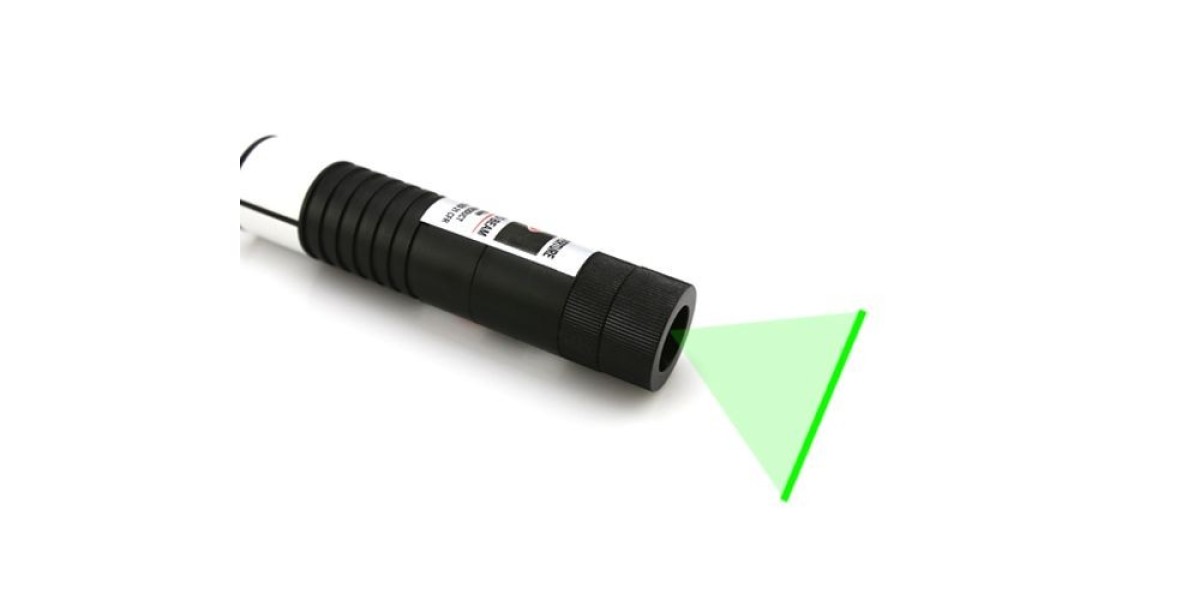Are you tired of experiencing eye strain and discomfort when watching TV or working late at night? The solution might be simpler than you think. All you need is a proper light source strategically placed behind your screen. Let's explore bias lighting, its benefits, and how you can set it up to improve your viewing experience.
Why Bias Lighting Works
Bias lighting refers to the backlighting of a television or monitor. By providing a more neutral reference point for colors and contrast in a dark room, bias lighting effectively reduces eye strain. When you stare at a bright screen in an otherwise dark environment, your eyes struggle to properly measure the light. As a result, your eyes work harder, leading to dryness, fatigue, and even headaches.
Placing a light source behind your TV raises the average ambient light in the room, relieving the strain on your eyes. Not only does this allow you to watch TV or work for longer periods without discomfort, but it also enhances your perception of contrast on the display. Similar to the simultaneous contrast illusion, grays and blacks appear darker against a lighter background.
Read more: What Does Integrated LED Mean?
How to Set Up Bias Lighting
Setting up bias lighting is easier than you might think. All you need is a light source positioned behind your monitor or television. Fortunately, there is a wide range of commercially available bias lighting kits to choose from, with prices ranging from $10 to over $100.
Many of these kits are USB-powered, making installation a breeze. Simply plug the USB end of the strip into the USB port on your TV and attach the lights to the back of your screen or entertainment system. While any light behind your screen will improve contrast at night, it's recommended to choose a light source with a temperature of approximately 6,500k. This temperature is the industry standard white reference point for display manufacturers and content creators, ensuring accurate color perception.
If you prefer a DIY approach, you can use a smart bulb or LED strip behind your TV. This allows you to customize the color and brightness to your personal preference. With bias lighting in place, you can say goodbye to dry eyes and headaches and enjoy your favorite movies or work sessions in comfort.
Read more: How To Reset Solar Lights
Frequently Asked Questions
Q: Will bias lighting affect the picture quality of my TV?
A: No, bias lighting is designed to enhance picture quality, not diminish it. By reducing eye strain and improving contrast perception, bias lighting can actually make your viewing experience more enjoyable.
Q: Can I use bias lighting with any screen size?
A: Yes, bias lighting can be used with any screen size. Simply adjust the length and positioning of the lights according to the dimensions of your screen.
Q: Is bias lighting only beneficial at night?
A: While bias lighting is particularly useful in dark environments, it can also enhance your viewing experience during the day. The ambient light provided by bias lighting helps reduce eye strain regardless of the time of day.
Q: Does bias lighting consume a lot of electricity?
A: No, bias lighting typically uses low energy LED lights. These lights are energy-efficient and won't significantly impact your electricity bill.
Q: Can bias lighting be used with computer monitors?
A: Absolutely! Bias lighting works equally well with computer monitors, providing the same benefits of reducing eye strain and enhancing contrast perception.
Read more: How to use LED light strips with remote?
In conclusion, bias lighting is a simple yet effective solution for reducing eye strain and enhancing your viewing experience. With the right light source and placement, you can bid farewell to dry eyes, headaches, and discomfort. Give bias lighting a try and enjoy your favorite TV shows and work sessions in optimal comfort.







